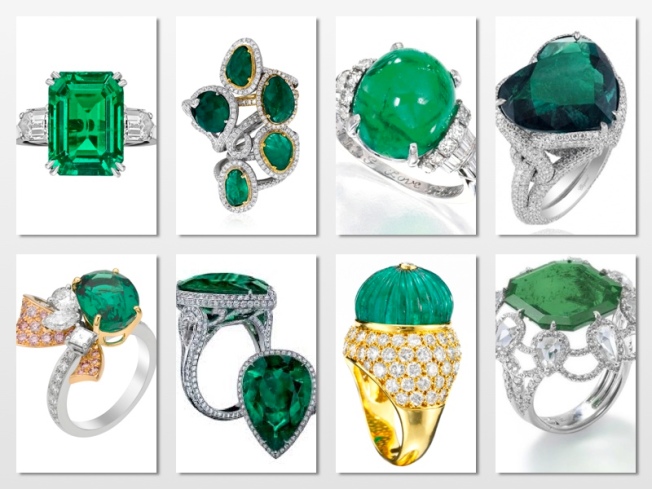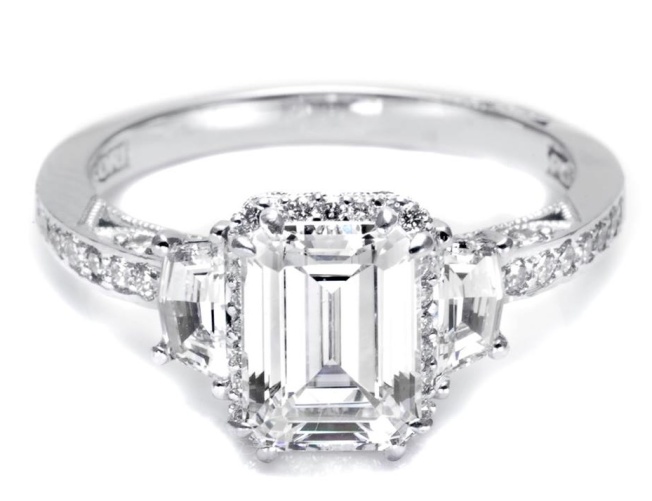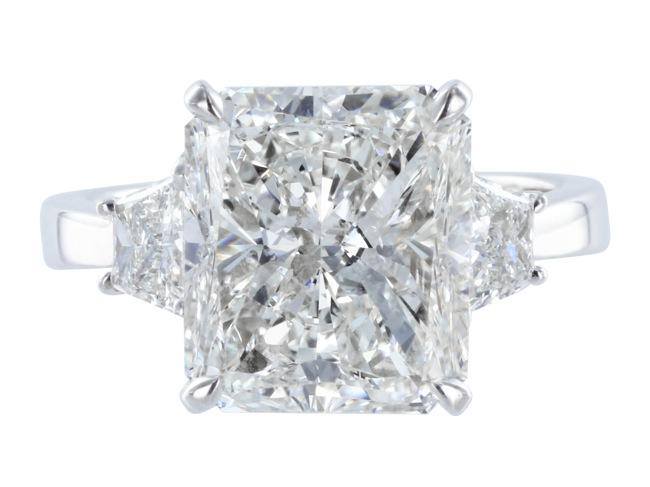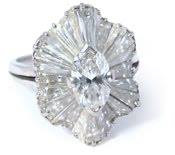The most popular cut is a square or rectangular step cut known as emerald cut. This cut accommodates the natural emerald crystal’s shape (elongated prism) with minimal weight loss. It can also be cut into other shapes like round, oval, pear etc. It is cut into a cabochon when it is found to be heavily included.
Tag Archives: step-cut
May1
Apr1
DIAMONDS 101
Apr1
DIAMONDS – Emerald Cut
Apr1
DIAMONDS – Radiant Cut
Apr1
DIAMONDS – Baguette




